Savoring the Slow Road: Cruising the Burgundy Canal by Barge
From the deck of my hotel barge, I glimpse into the heart of rural France, admiring lush pastures of grazing Charolais cattle and the verdant hills of Burgundy’s pastoral landscape. We are cruising at a speed of three miles-per-hour along the Burgundy Canal, said to be one of the prettiest waterways for holiday barging, with peaceful tree-lined stretches and quaint lock-keeper cottages. Frequent stops at waterway locks allow us to hop off and walk or bike along the canal towpath and catch up with the slow moving barge downstream.
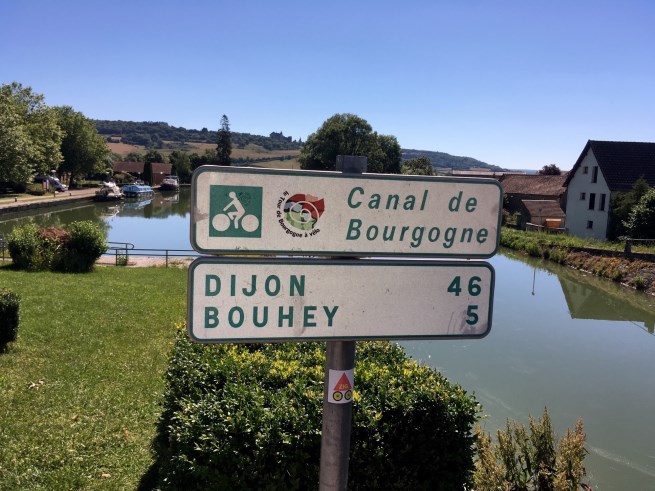
The Burgundy Canal is one of France’s prettiest for hotel barging, with excellent walking and biking along the towpath. Photo: Ann Yungmeyer
Barge cruising in Burgundy appealed to my husband and me not only for the relaxed mode of travel, but also because we could actively explore the prestigious wine-growing region up close, taking in its rich history and culture. The gentle swish of moving water, idyllic landscapes and the region’s distinctive wines and gastronomy set the stage aboard our European Waterways hotel barge – with nothing short of a feast for all the senses.
Fittingly, my selected reading for the voyage was the popular novel, The Little Paris Bookshop by Nina George, a story that takes place on a barge. After years of selling books while moored on the Seine, the protagonist unmoors the péniche and embarks on a soul-searching odyssey along the waterways of France. Although his journey was of a different nature than our luxury canal cruise, the story sheds light on this immersive, slow-paced travel and highlights all things French – from passionate personalities and village life to wine and culinary quests.
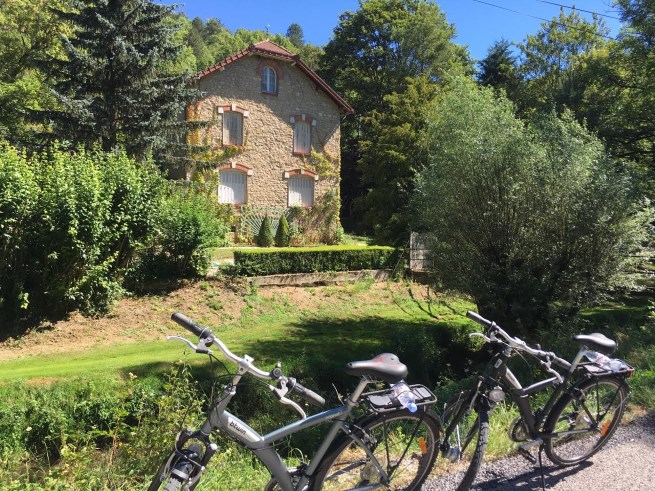
A picturesque farmhouse in a densely wooded stretch along the canal towpath. Photo: Ann Yungmeyer
Setting sail
Our journey begins in the petite village of Escommes, where we step aboard L’impressionniste, our home for the six-night voyage. Formerly a Dutch cargo barge, she is a lovely vessel transformed into a 12-passenger luxury cruiser, outfitted with light, airy décor and adorned with fresh flowers. Cabins range from cozy twin-bedded rooms to spacious suites, all with ensuite bathroom. We’re happy to find the creature comforts, air conditioning and Wi-Fi, and other amenities – from a sundeck Jacuzzi and open bar to bikes on board.
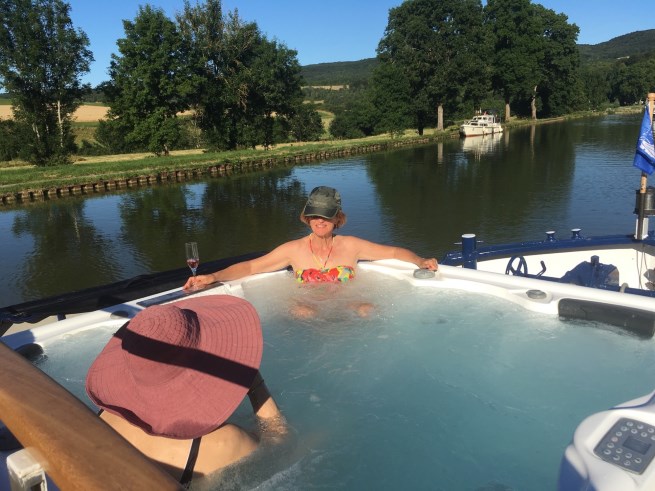
Jacuzzi views and passing scenery add to the “floating hotel” experience. Photo: Ann Yungmeyer
The welcoming crew includes our captain, boat pilot, chef, server, housekeeper and deckhand. All are English-speaking, and many come from England, the headquarters of European Waterways. A champagne cocktail is served as we get to know our fellow cruise mates, which include other Americans, Canadians and Australians.
I instantly know this will be a memorable adventure as our captain highlights the itinerary for the week. We cruise each day for a few hours and moor for the night in sleepy villages, where we may just find a canal-side game of boules to join. The cruising route covers about 40 miles, with our final destination Fleurey-sur-Ouche, a picturesque medieval village not far from Dijon, “mustard capital of the world.”
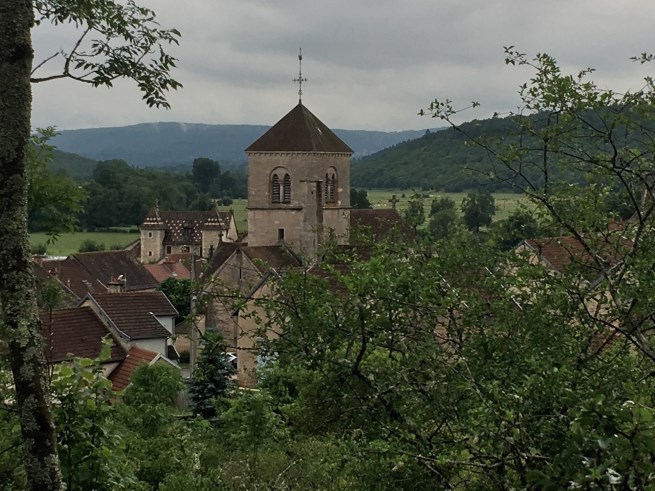
The medieval village of Fleurey-sur-Ouche, a short walk from our canal mooring. Photo: Ann Yungmeyer
We learn about the historic canal locks and the opening/closing process performed by lock keepers and crew. For the engineering-minded, it’s fun to watch the raising and lowering of water levels through sluice gates, an ingenious feat invented centuries ago.
Foodies’ delight
Each meal aboard L’impressionniste is a multi-course event and a journey in itself into regional traditions. Daily menus feature local market produce, and fresh herbs for seasoning are harvested from an on-board planter. The ambience is casual, and in pleasant weather, dinner is served in the alfresco setting on deck.
Food and wine selections are carefully paired by “Chef Scotty,” a culinary artist trained in modern cuisine. She is open to requests, and one day we accompany her to the Old Town market in Dijon. Her creative soup made of French greens, mint and lemon is a memorable favourite, as is a refreshing dessert: pineapple-mint carpaccio with homemade coconut ice.
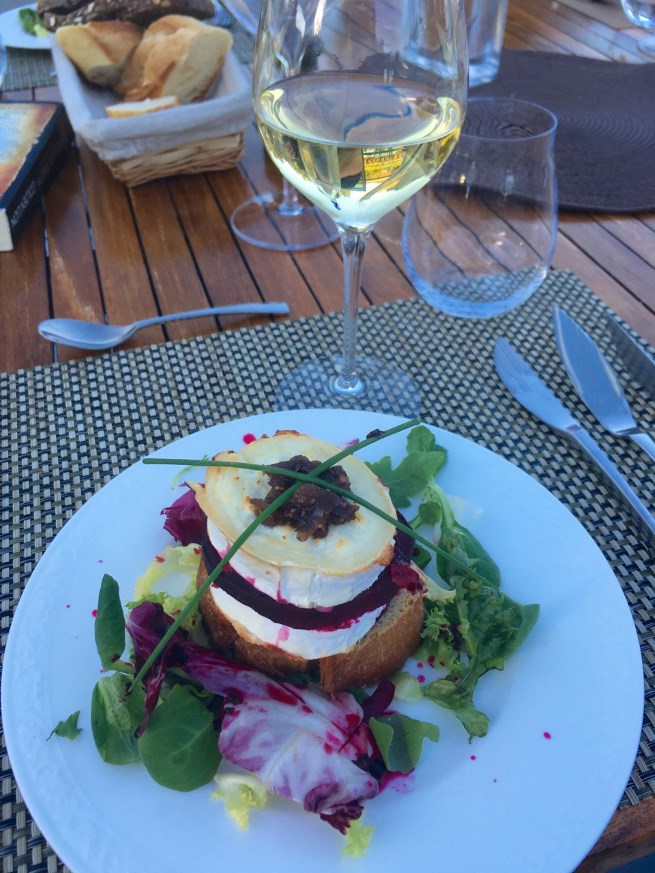
Market fresh ingredients for beet and goat cheese salad, a favorite aboard L’impressionniste. Photo: Ann Yungmeyer
A lovely cheese platter is presented at lunch and dinner, along with the history and character of the regional cheeses. Local French cheeses are typically featured, but the chef includes an English Godminster cheddar from her hometown, a delicious surprise.
Wines from many regions of France including Alsace, Champagne, and the Rhone Valley are served throughout the week, but “local” wines steal the show. The Burgundy Canal flows through the districts of Chablis, Cote de Beaune, and Cote de Nuits, and our server often identifies the select wine domaine on a detailed Burgundy map. As the original home to Pinot Noir and Chardonnay grapes, the diverse Burgundian terroir is said to be ideal for fostering the elegant and complex character of these acclaimed varietals.
Excursion highlights
Our crew offers daily excursions by minibus to historic sites and wine domaines within a short drive of the cruising route. Highlights include Chateauneuf-en-Auxois, a 14th-century fortress and quaint village perched on a rocky spur with panoramic views of the canal and countryside. Chateau de Bussy-Rabutin, another standout, was the home of a disgraced courtier of King Louis XIV, featuring a unique portrait gallery and magnificent French-style garden.
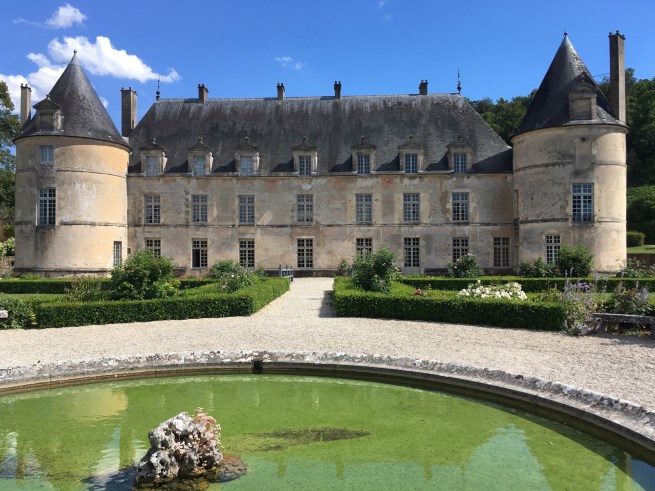
Daily excursions include a visit to Chateau de Bussy-Rabutin, surrounded by lovely gardens. Photo: Ann Yungmeyer
A jewel of the region, Burgundy’s Hotel-Dieu Hospices de Beaune was established in 1443 as a “palace for the poor” and remained a charity hospital with very high standards until 1971. With unusual and flamboyant architecture, the site is a draw for visitors and offers a fascinating collection of pharmacy items, medical instruments and other exhibits. Hospices de Beaune is largely supported by a celebrated annual Wine Auction with live online bidding organized by Christie’s.
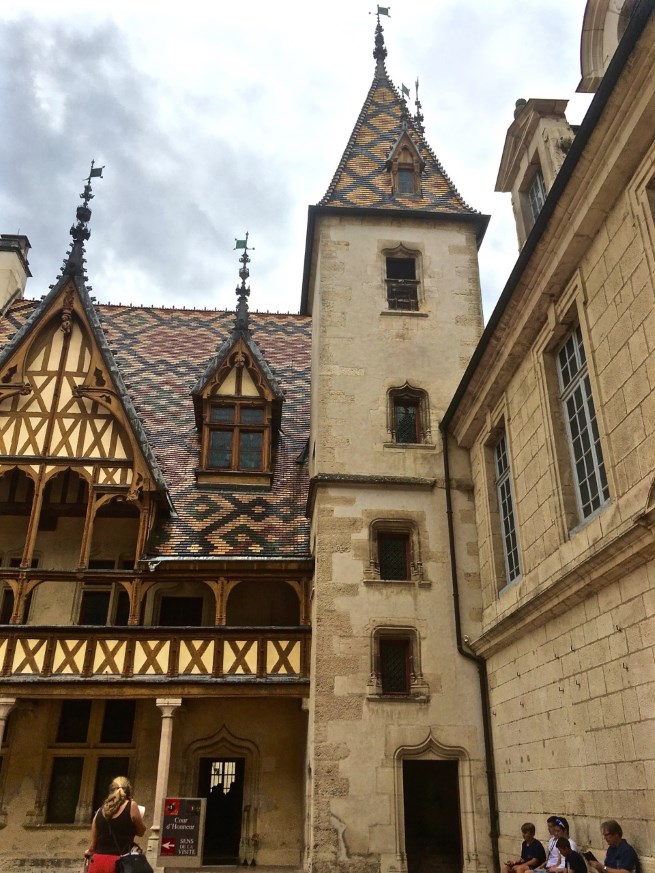
Hotel-Dieu Hospices de Beaune, established as a “palace for the poor” in 1443. Photo: Ann Yungmeyer
Highlighting the wine-making heritage of the region, Clos de Vougeot was established by the monks of Citeaux Abbey in 1110. The heart of the estate features a Renaissance-style chateau added a few centuries later, a thick-walled Great Cellar that is actually above ground, and a display of huge wooden winepresses dating from the 1400s. Clos de Vougeot remains a world renowned Grand Cru wine, but current ownership of the domaine and vines is divided among 85 private owners.
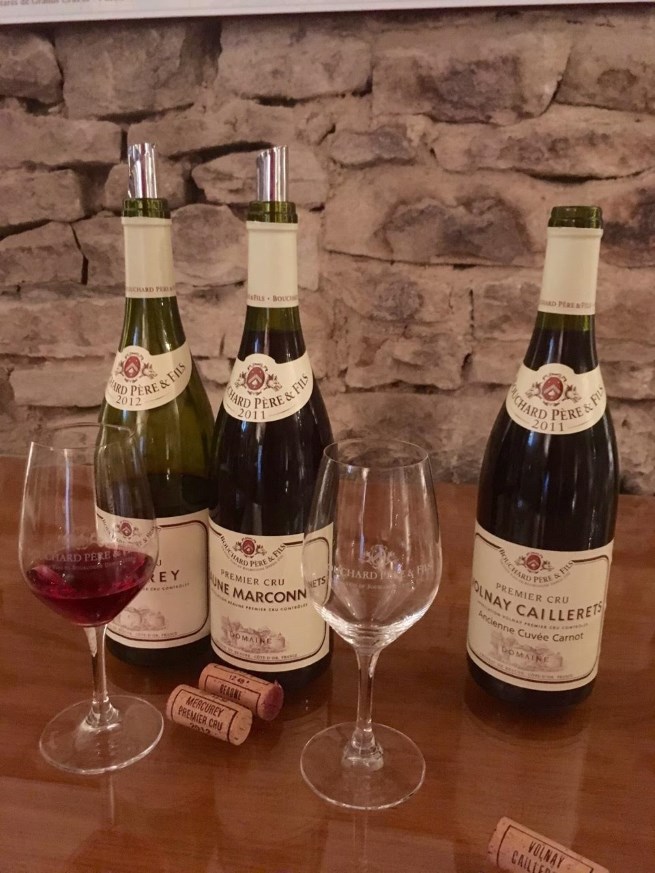
A cellar tasting at Bouchard Pere & Fils. Photo: Ann Yungmeyer
Among prominent Burgundy names, Bouchard Pere & Fils is a grand domaine that offers a fascinating tour and cellar tasting at its striking headquarters in Chateau de Beaune. And the famous mustard capital of Dijon, with its medieval Old Town and cobblestone streets, is a delight to stroll – providing more opportunities to discover Burgundy’s rich traditions and gastronomy.
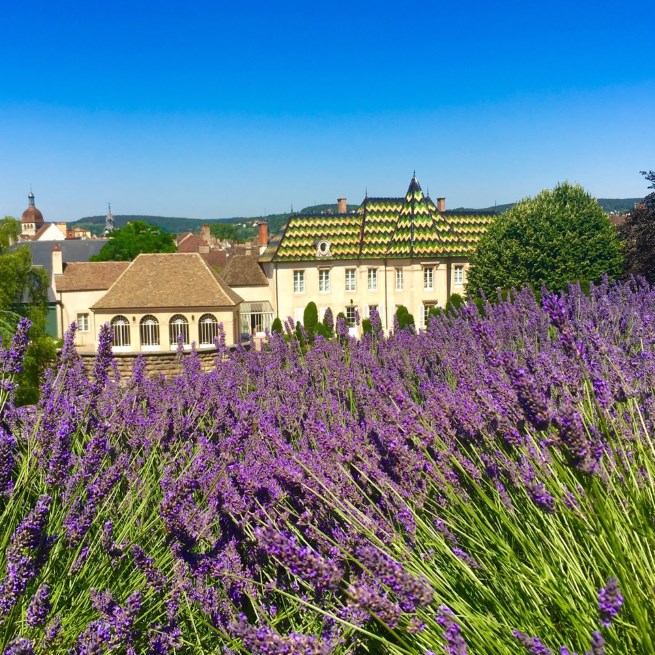
Strolling the lavender garden at Bouchard Pere & Fils headquarters at Chateau de Beaune. Photo: Ann Yungmeyer
Choose your cruise
Whether all-inclusive or self-catered – barge cruising is a popular form of “slow travel” throughout France and Europe. European Waterways offers deluxe barge trips and special themed voyages such as history, golf, and biking-plus more. Prices include all meals, wine, open bar, daily excursions and local transfers. Barges typically accommodate six to twelve passengers, and the entire barge can be chartered by a group of family or friends.
To organise a barge trip visit www.gobarging.com
And for more information on Burgundy, click here.
Share to: Facebook Twitter LinkedIn Email
Leave a reply
Your email address will not be published. Required fields are marked *





